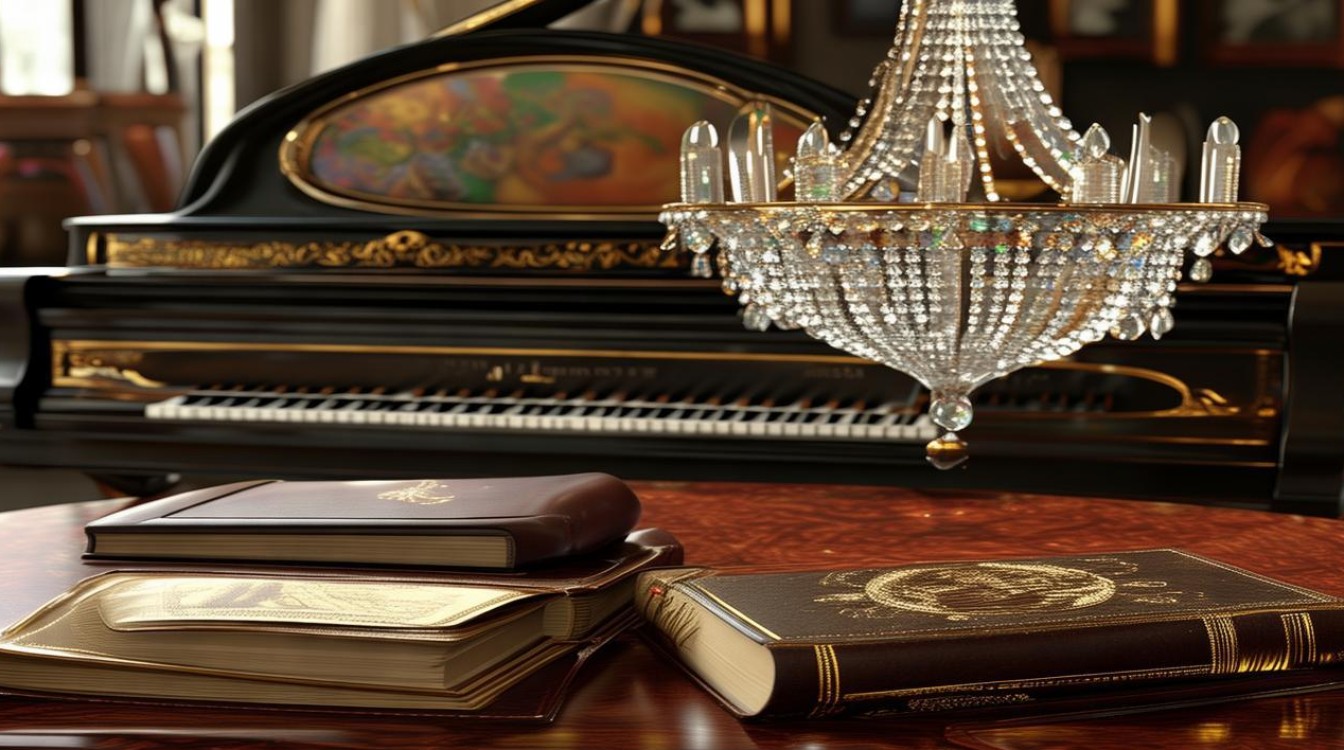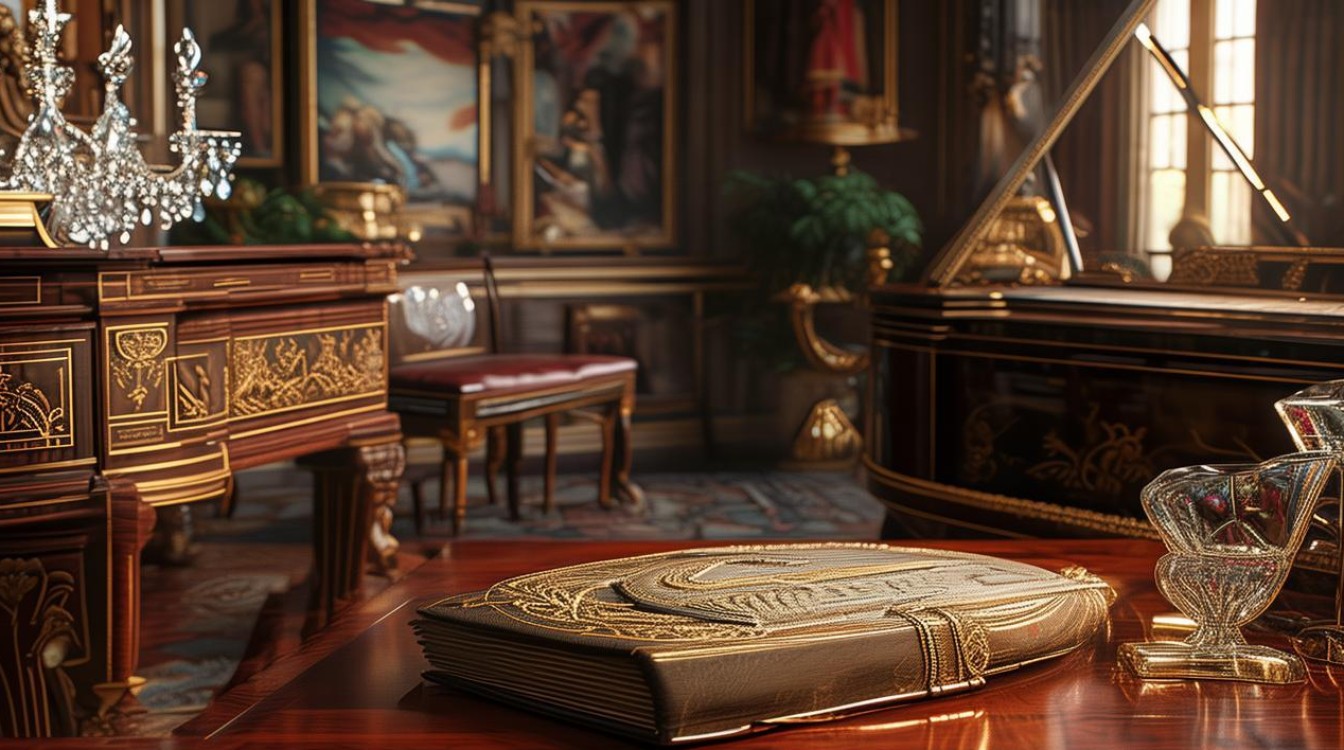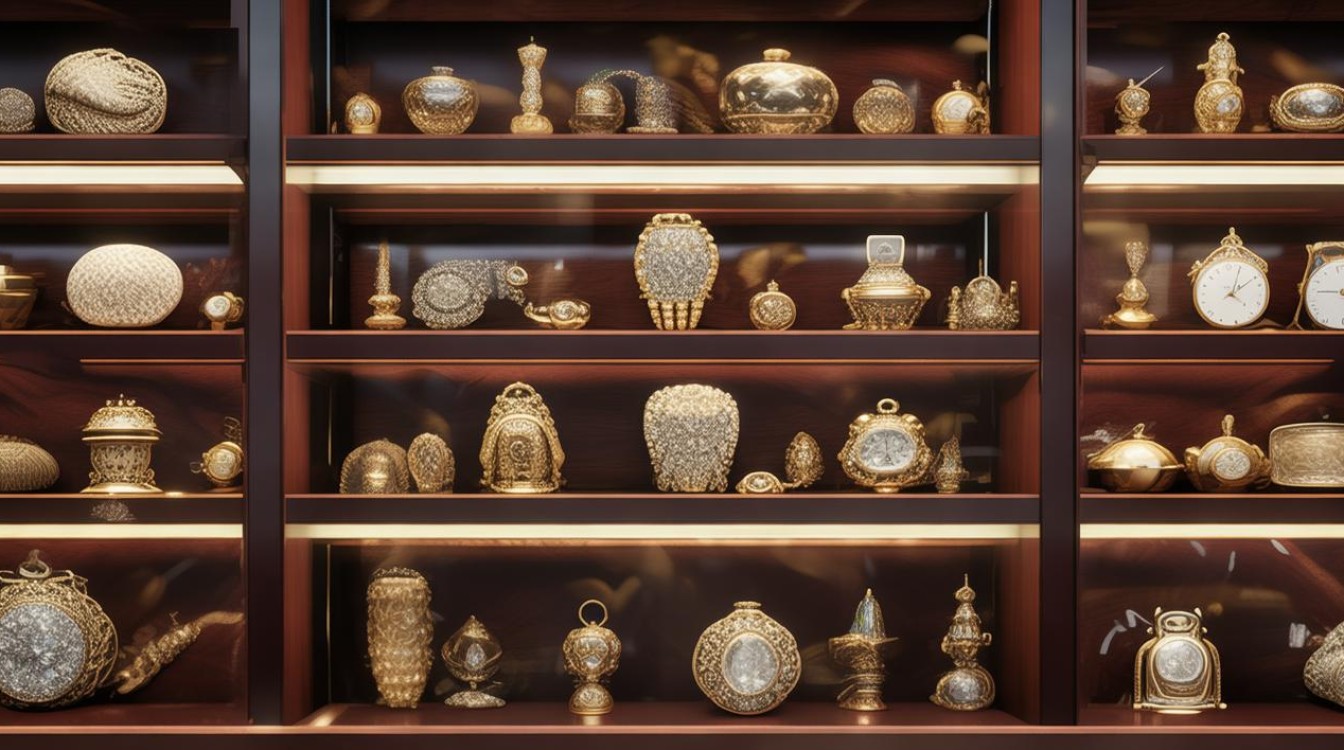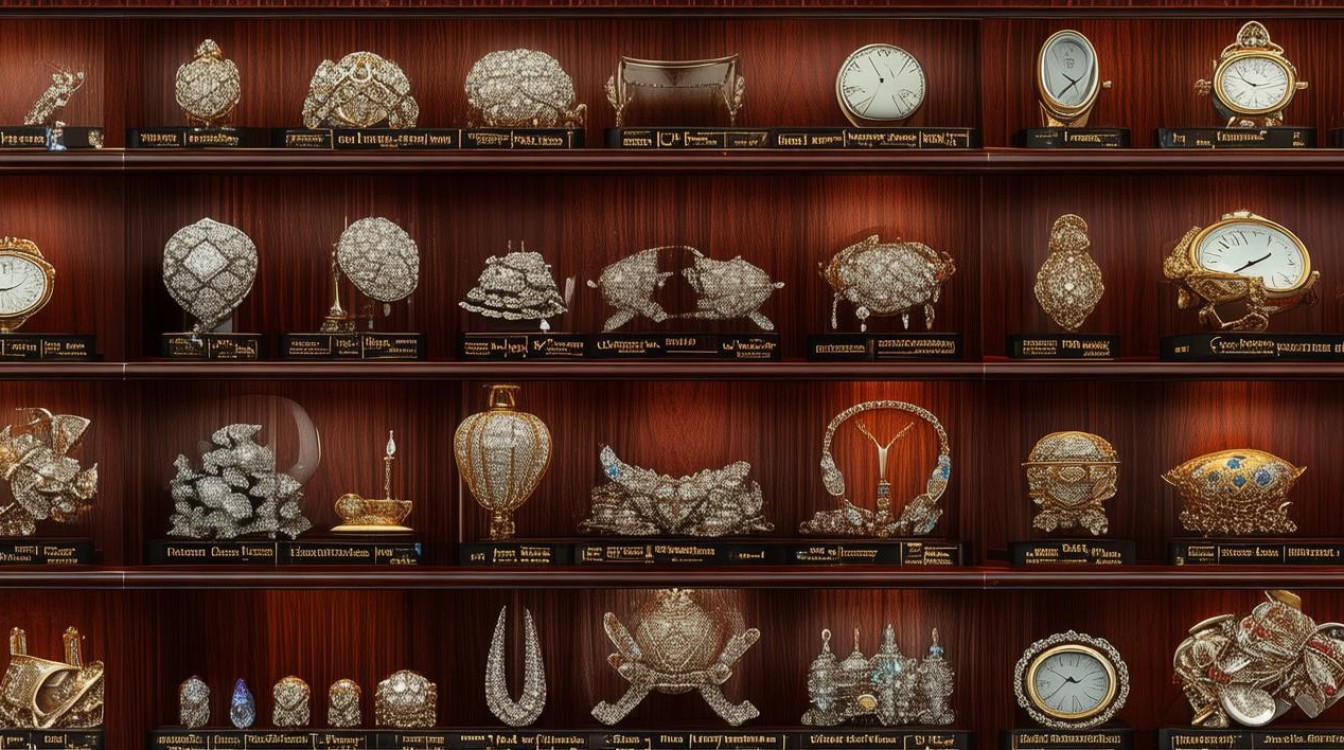In a world driven by consumerism, expensive items hold a unique fascination. From luxury cars and designer clothing to rare collectibles and high-end gadgets, these possessions often symbolize status, craftsmanship, and exclusivity. While some view them as unnecessary indulgences, others see them as investments or expressions of personal taste. Exploring the reasons behind their appeal, their psychological effects, and their societal implications offers insight into why people are drawn to them.

The Psychology of Expensive Purchases
Purchasing expensive items is rarely just about functionality. Human psychology plays a significant role in the desire for luxury goods. Studies show that owning high-value items can trigger feelings of accomplishment and self-worth. When someone buys a Rolex watch or a Chanel handbag, they are not just paying for the materials—they are investing in an identity.
Luxury brands capitalize on this by creating an aura of exclusivity. Limited editions, custom designs, and celebrity endorsements reinforce the idea that these items are reserved for a select few. The scarcity principle makes them even more desirable, as people instinctively place higher value on things that are harder to obtain.
Additionally, expensive purchases often serve as a form of social signaling. In many cultures, material possessions act as a shorthand for success. A luxury car, for example, communicates wealth and status without the need for words. This phenomenon, known as conspicuous consumption, explains why some individuals prioritize high-end goods even when more affordable alternatives exist.
The Craftsmanship Behind Luxury Goods
One of the most compelling arguments in favor of expensive items is the quality they offer. Unlike mass-produced goods, many luxury products are handmade by skilled artisans. A Hermès Birkin bag, for instance, requires hours of meticulous craftsmanship, ensuring durability and timeless design. Similarly, Swiss watches like Patek Philippe are engineered with precision, often lasting generations.

This level of craftsmanship justifies the high price tags for many buyers. When purchasing a luxury item, consumers are not just paying for the product itself but also for the expertise, tradition, and attention to detail that go into its creation. In an era of fast fashion and disposable electronics, owning something built to last can feel like a rebellion against planned obsolescence.
The Role of Expensive Items in Investment
Beyond personal enjoyment, some expensive items serve as financial assets. Fine art, rare wines, and vintage cars often appreciate in value over time. Collectors and investors carefully study market trends to acquire pieces that will yield significant returns.
For example, a rare Patek Philippe watch sold for $31 million at auction in 2019, demonstrating how luxury timepieces can outperform traditional investments. Similarly, classic cars like the Ferrari 250 GTO have seen their values skyrocket, making them coveted assets among wealthy enthusiasts.
However, investing in luxury goods requires knowledge and caution. Unlike stocks or real estate, these markets can be volatile, influenced by trends, authenticity concerns, and economic shifts. Those considering such investments should conduct thorough research or consult experts to avoid costly mistakes.

The Ethical and Social Considerations
While expensive items bring joy to many, they also raise ethical questions. The production of luxury goods sometimes involves exploitative labor practices or environmental harm. The diamond industry, for instance, has faced scrutiny over conflict minerals, prompting some buyers to seek ethically sourced alternatives.
Moreover, the display of wealth through expensive possessions can exacerbate social inequality. In societies where economic disparities are vast, flaunting luxury items may be seen as insensitive. Some argue that excessive spending on material goods detracts from more meaningful contributions, such as philanthropy or sustainable living.
On the other hand, many luxury brands are taking steps toward sustainability. Companies like Stella McCartney and Patagonia prioritize eco-friendly materials and ethical labor practices, proving that high-end products can align with social responsibility.
Personal Perspective
Expensive items will always have a place in society, whether as symbols of success, works of art, or financial investments. While their allure is undeniable, it’s important to consider the motivations behind such purchases. Are they driven by genuine appreciation, social pressure, or a desire for validation?

Ultimately, the value of an item lies not just in its price but in the meaning it holds for the owner. Whether it’s a meticulously crafted watch, a rare painting, or a designer dress, what matters most is how it enriches one’s life—without overshadowing the importance of experiences, relationships, and ethical choices.

